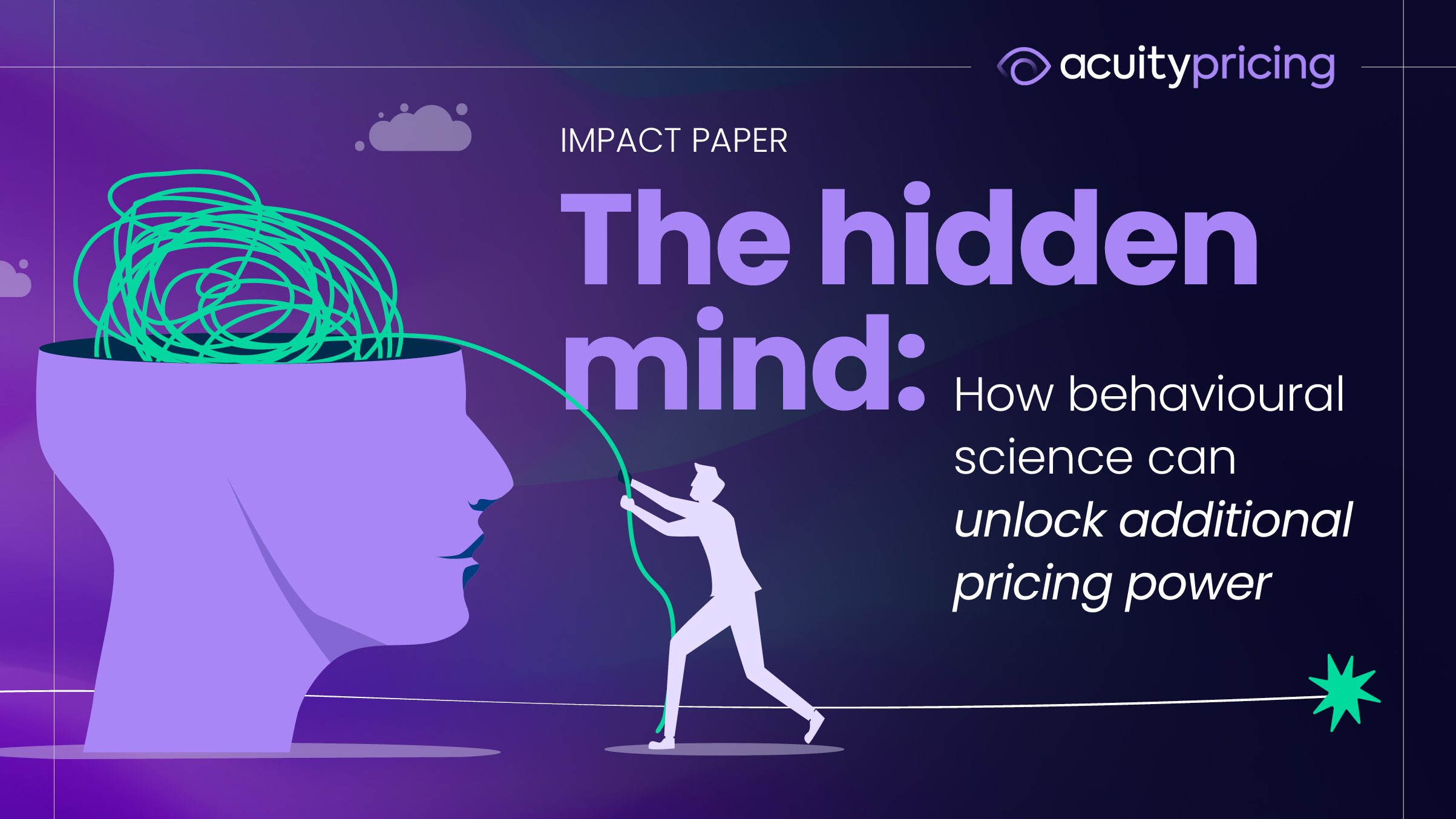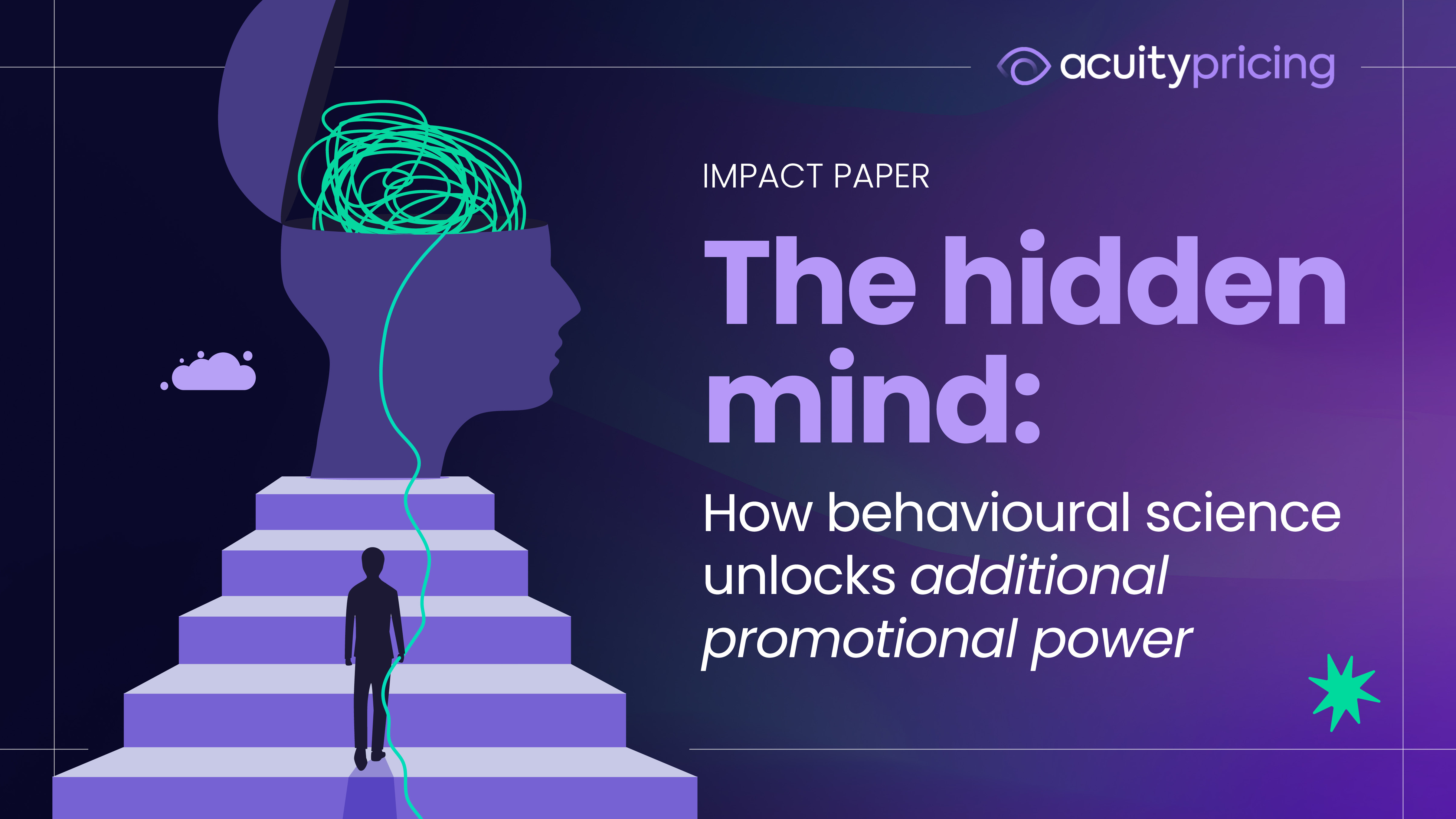Today, pricing success comes from being informed and intentional; using data not just to keep up with the market, but to lead it. There’s also hidden pricing power in insights that come in unexpected forms...
It’s tempting to base pricing on the assumption that we, people, are rational calculators who calmly weigh cost and value. But the reality is, humans don’t shop with spreadsheets - we shop with shortcuts and subconscious biases.
In this new paper, we look into the psychology of pricing with behavioural scientist, Richard Shotton. Richard is the author of two best-selling books, and is an associate of numerous institutions including Cambridge University, and an honorary fellow of the Institute of Practitioners in Advertising (IPA).
We’ve shortlisted 10 behavioural science insights to power your pricing, exploring how the quirks of human decision-making can be powerful tools for smarter pricing, and greater persuasion.
Works a charm…
One of the behavioural science insights we delve into is charm pricing. It’s not new - 0.99 prices have been around since the dawn of selling. But now there’s now a large body of evidence to show how well these charm prices work - one study showed a difference of 51% in conversion.
Our data shows:
Tesco, Asda, Sainsburys and Morrisons use charm pricing on less than 1% of their Grocery and Beer, Wine and Spirit ranges; whereas Aldi uses charm pricing on 22%.
Source: Acuity Pricing data, products within Grocery and Beers, Wines and Spirits categories, 26 June 2025
So why don’t more retailers and brands employ it? While charm pricing boosts sales, some worry that this might come at the expense of quality perceptions. However, evidence suggests it does not…



